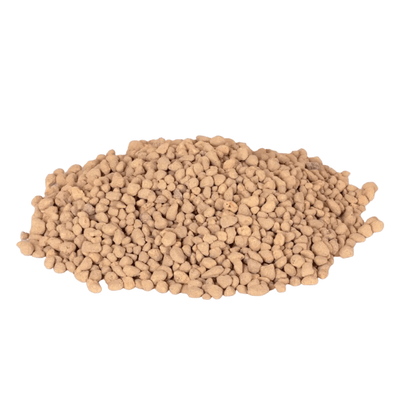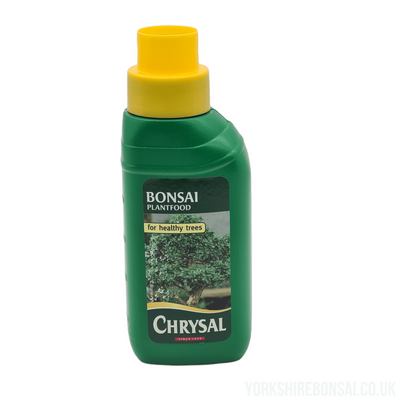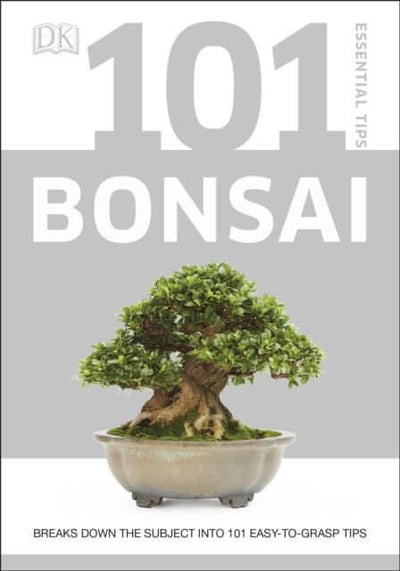Care Guide for Buxus Harlindi (Boxwood) Bonsai in the UK
Care Guide for Buxus Harlindi Bonsai in the UK
The Buxus Harlindi is a hardy and beautiful bonsai variety that thrives in the temperate UK climate when provided with proper care. Here's a comprehensive guide to keeping your bonsai healthy and vibrant:
1. Location and Environment
-
Light Requirements:
Place your bonsai in a spot with plenty of indirect sunlight. A location with morning sun and afternoon shade is ideal, especially during hot summer days to prevent leaf scorch. -
Temperature:
Buxus Harlindi is hardy and tolerates UK winters well when kept outdoors. However, during severe frost (below -5°C), it’s advisable to provide some protection, such as a cold greenhouse, fleece cover, or moving it to a sheltered location. -
Air Circulation:
Ensure the bonsai has good air circulation to reduce the risk of fungal diseases. Avoid areas with stagnant or humid air.
2. Watering
-
Frequency:
Water when the topsoil feels slightly dry to the touch. Avoid letting the soil dry out completely, but also ensure it doesn’t stay waterlogged. -
Seasonal Adjustments:
- Spring and Summer: Increase watering frequency, especially during dry spells.
- Autumn and Winter: Reduce watering but don’t let the soil dry out completely.
-
Technique:
Water thoroughly until it drains out of the pot's holes. This ensures the roots are well-hydrated.
3. Soil and Repotting
-
Soil Mix:
Use a well-draining bonsai soil mix. A blend of akadama, pumice, and organic matter (e.g., composted bark) works well. The soil should retain moisture but not remain soggy. -
Repotting:
Repot every 2–3 years in spring, just as new growth begins. Trim about a third of the root mass to encourage healthy regrowth and balance with the foliage.
4. Pruning and Shaping
-
Pruning:
- Regularly trim back new growth to maintain the bonsai's shape and encourage dense branching.
- Use sharp, clean scissors to prevent damage or infection.
- Major pruning is best done in late winter or early spring.
-
Wiring:
You can wire branches during the dormant period (autumn or winter) to refine the tree's shape. Be cautious not to damage the bark, and remove the wire promptly once the branch sets.
5. Feeding
-
Fertilizer:
Feed your bonsai with a balanced, slow-release fertilizer throughout the growing season (spring to early autumn).- In spring, use a nitrogen-rich fertilizer to support growth.
- In late summer and early autumn, switch to a low-nitrogen feed to prepare the tree for dormancy.
-
Frequency:
Apply fertilizer every 4–6 weeks, reducing frequency during late autumn and winter.
6. Pests and Diseases
-
Common Pests:
Watch for aphids, scale insects, and spider mites. Treat infestations promptly with insecticidal soap or neem oil. -
Diseases:
The Buxus family can be susceptible to box blight. To minimize risk:- Avoid overhead watering.
- Maintain good airflow around the tree.
- Remove any affected leaves or stems immediately.
7. Winter Care
-
Outdoor Placement:
Keep the bonsai outdoors for most of the winter to maintain its natural dormancy cycle. -
Protection from Frost:
During heavy frost, place the bonsai in a sheltered area or cover it with horticultural fleece. Avoid placing it indoors for prolonged periods, as it can disrupt dormancy.
8. Styling Tips
- The Buxus Harlindi is excellent for styles like formal upright, informal upright, or multi-trunk designs. Its dense foliage makes it ideal for creating intricate shapes and pads. Regular thinning ensures light penetration and a well-balanced canopy.
Summary Checklist:
| Aspect | Action |
|---|---|
| Location | Indirect sunlight, sheltered from harsh frost |
| Watering | Keep soil moist but not waterlogged |
| Soil & Repotting | Well-draining bonsai mix; repot every 2–3 years |
| Feeding | Balanced fertilizer during the growing season |
| Pruning & Wiring | Trim regularly; wire in dormant season |
| Winter Care | Protect during severe frost; keep outdoors mainly |
| Pests & Diseases | Watch for blight, aphids, and spider mites |
With proper care, your Buxus Harlindi bonsai will thrive, becoming a stunning and enduring feature in your bonsai collection








